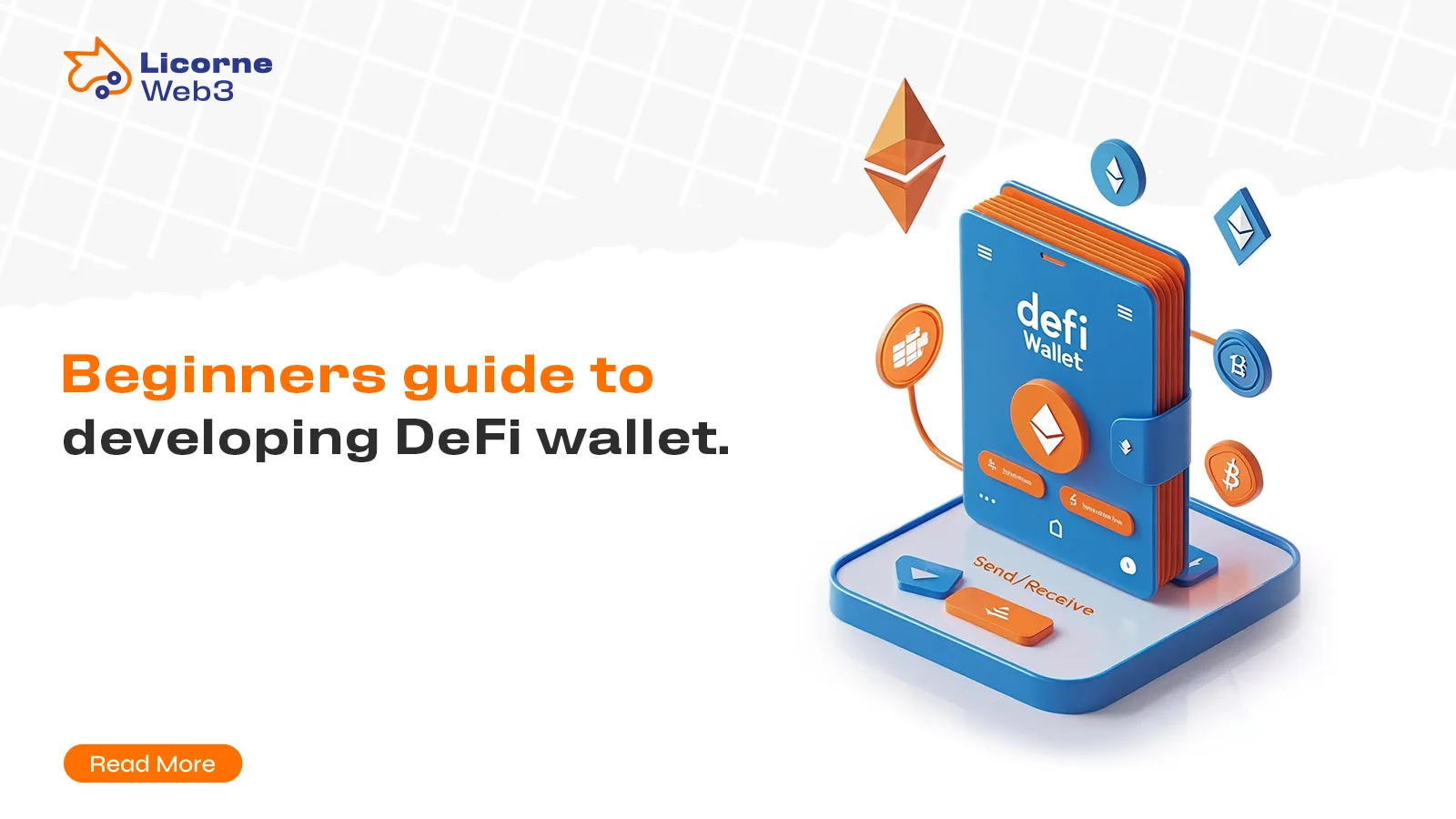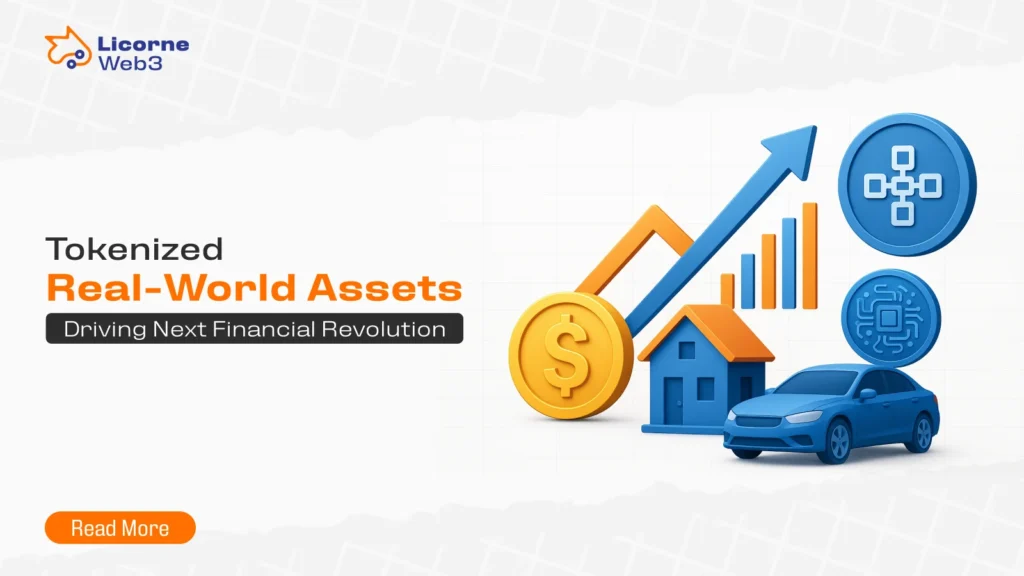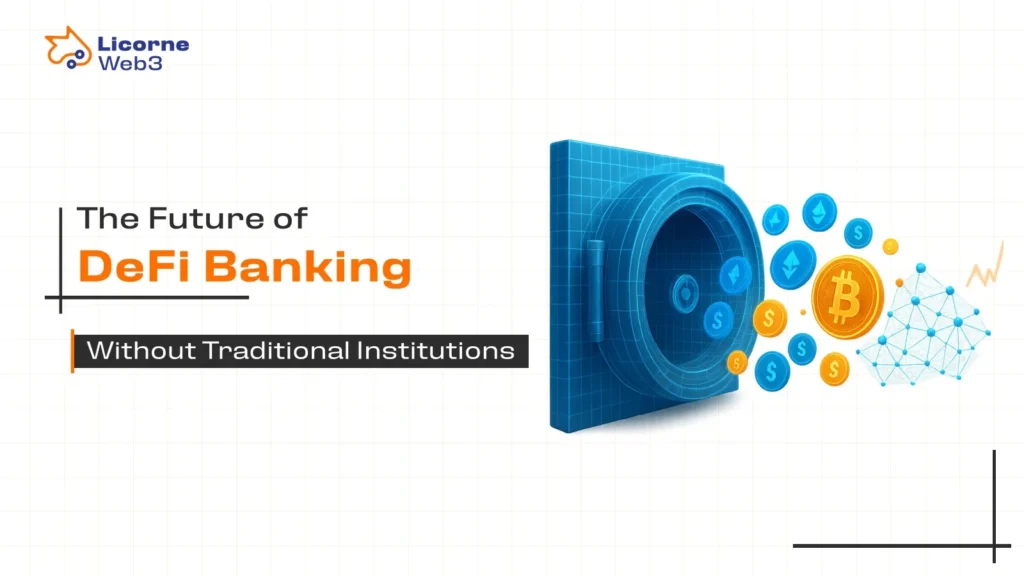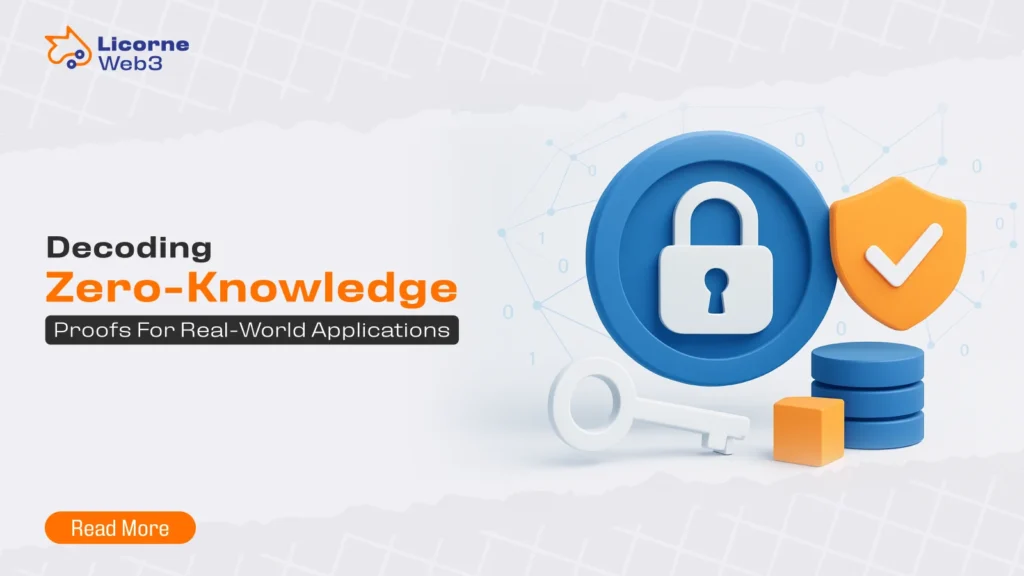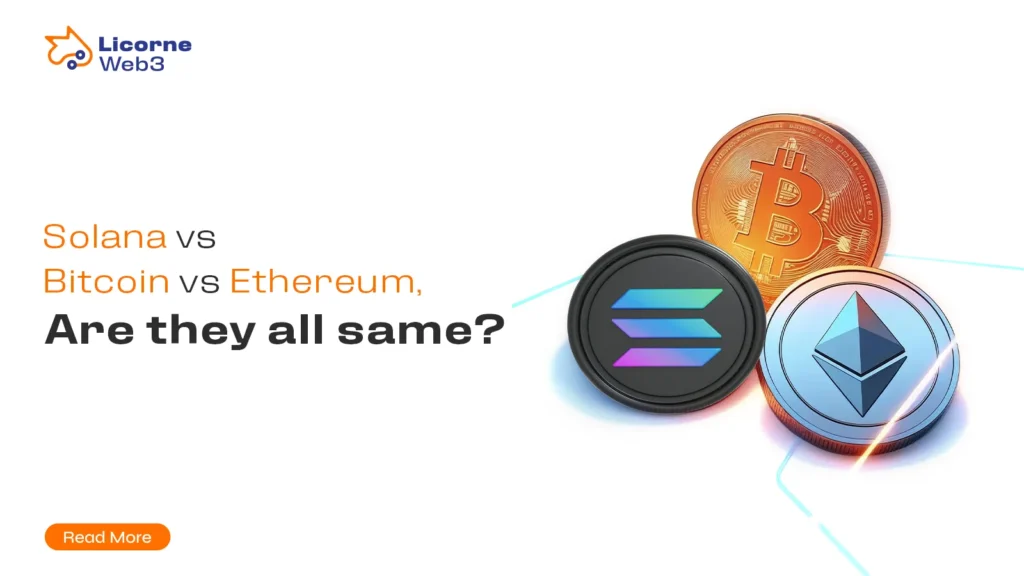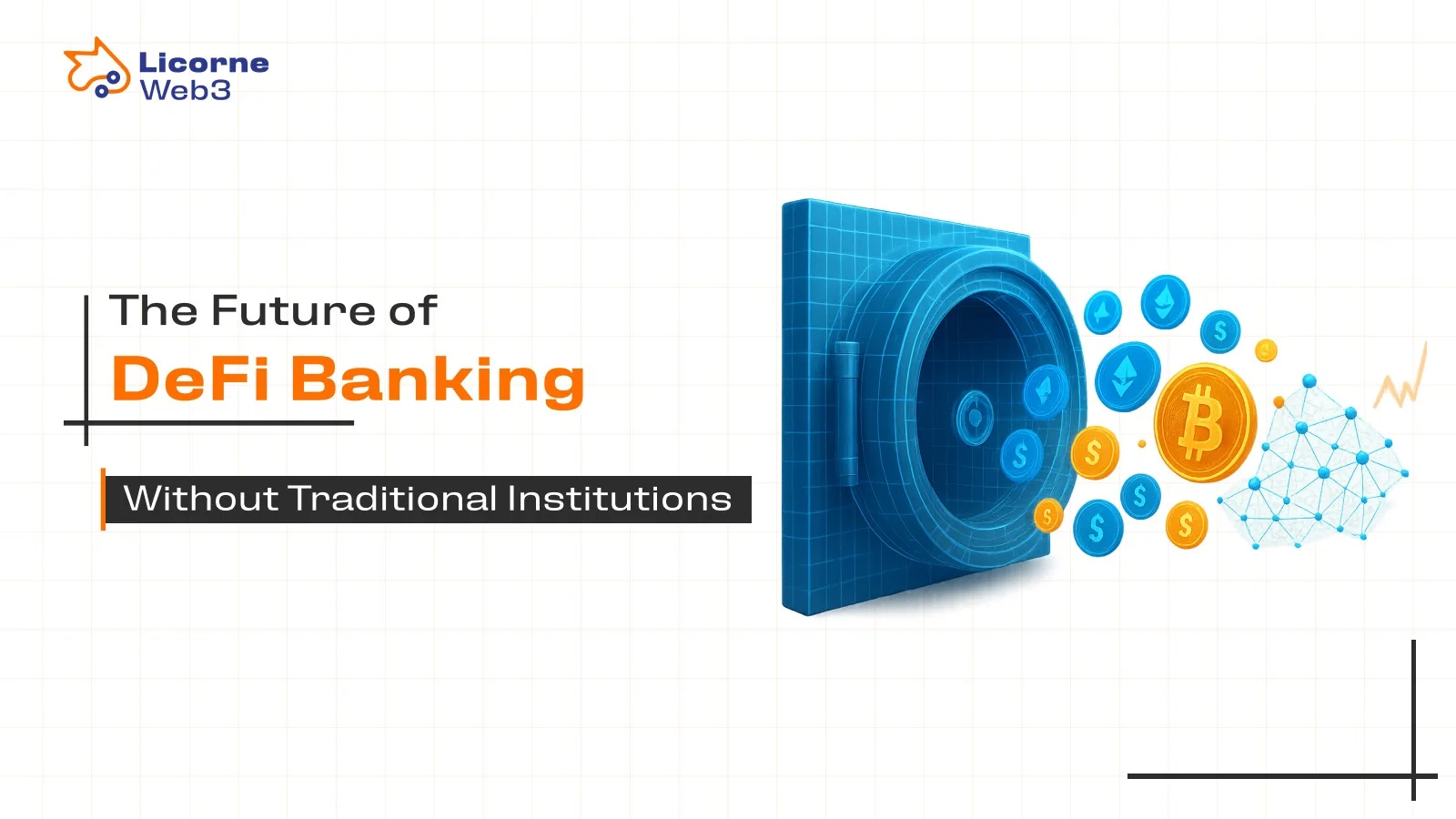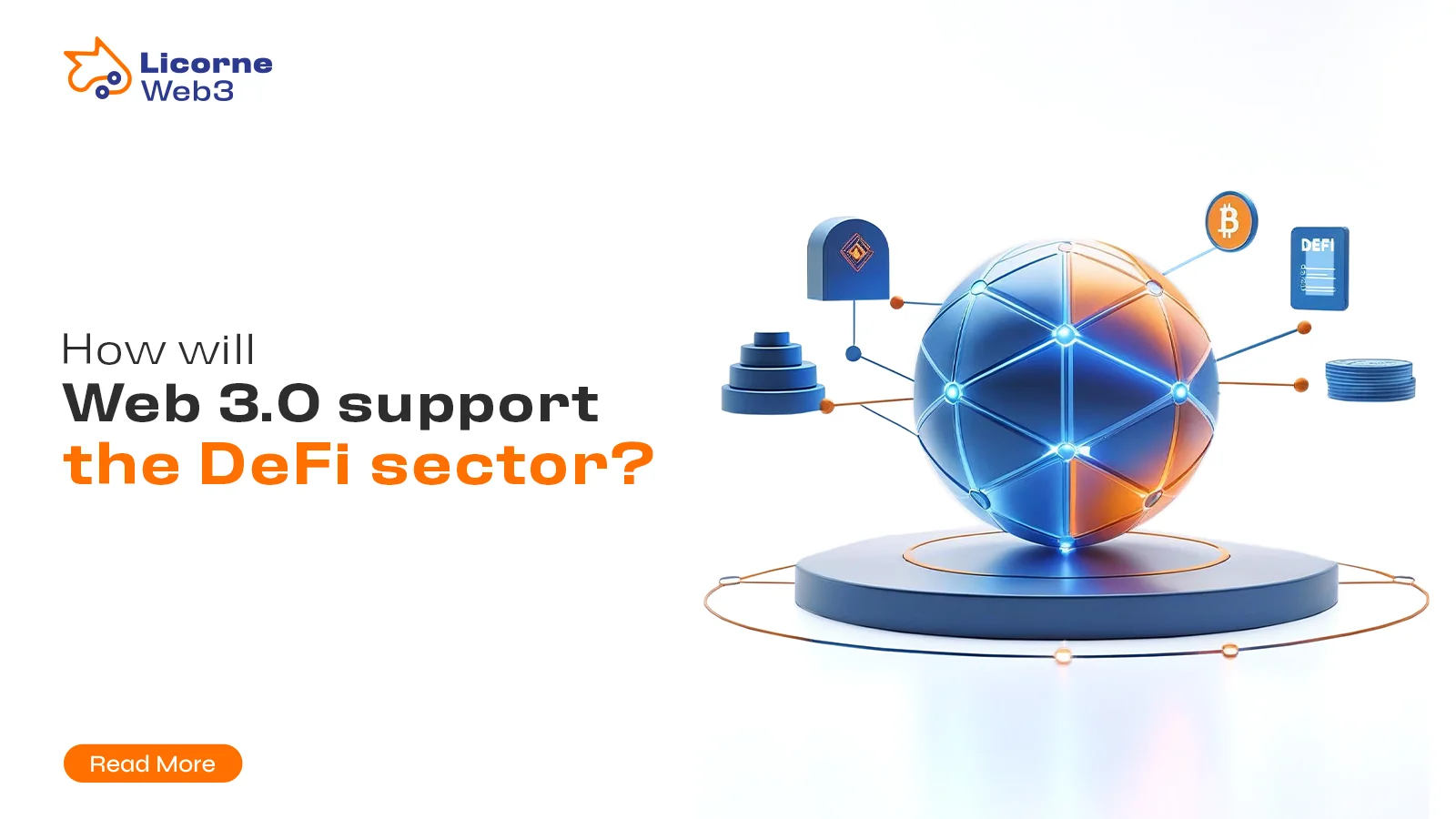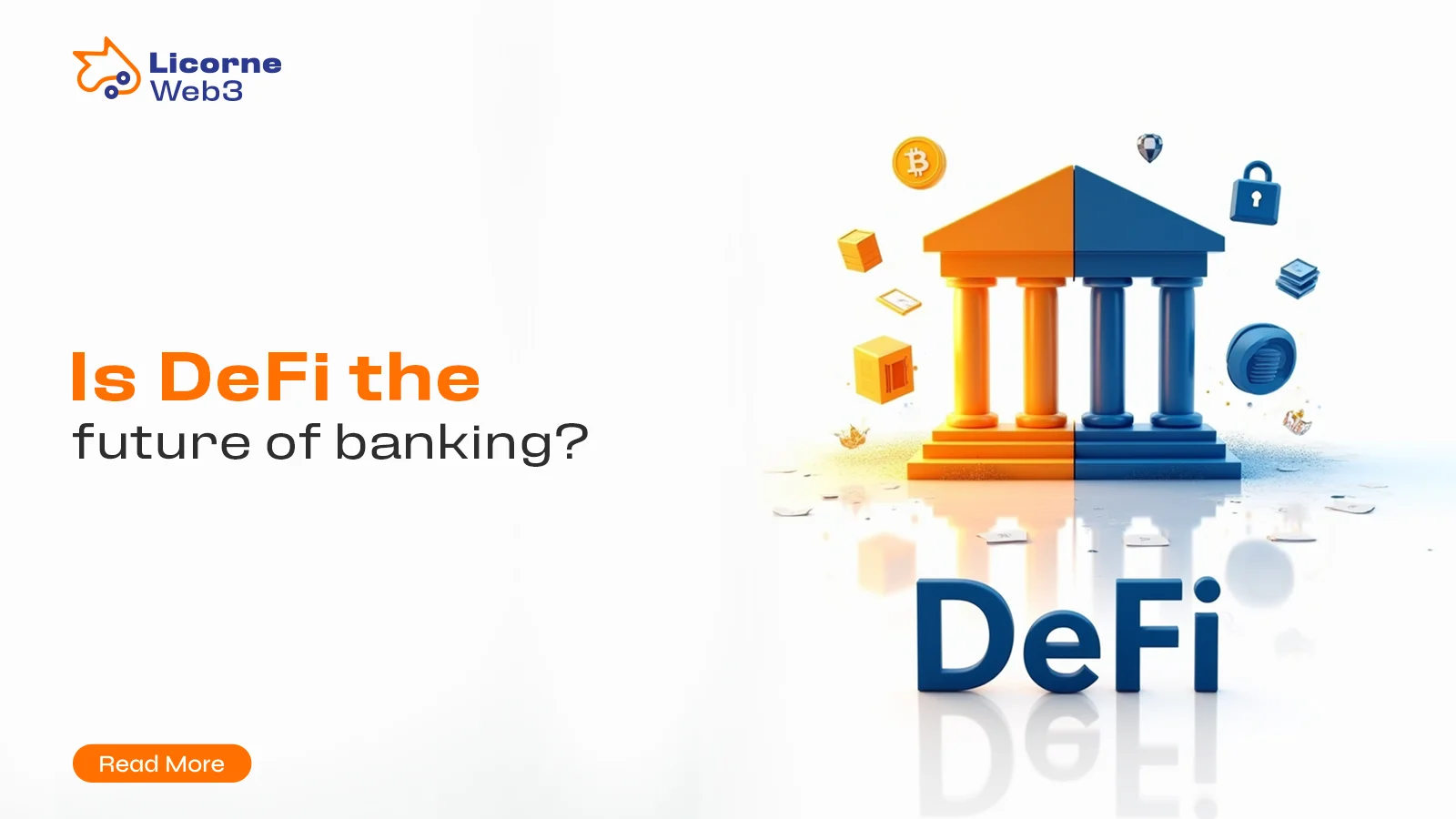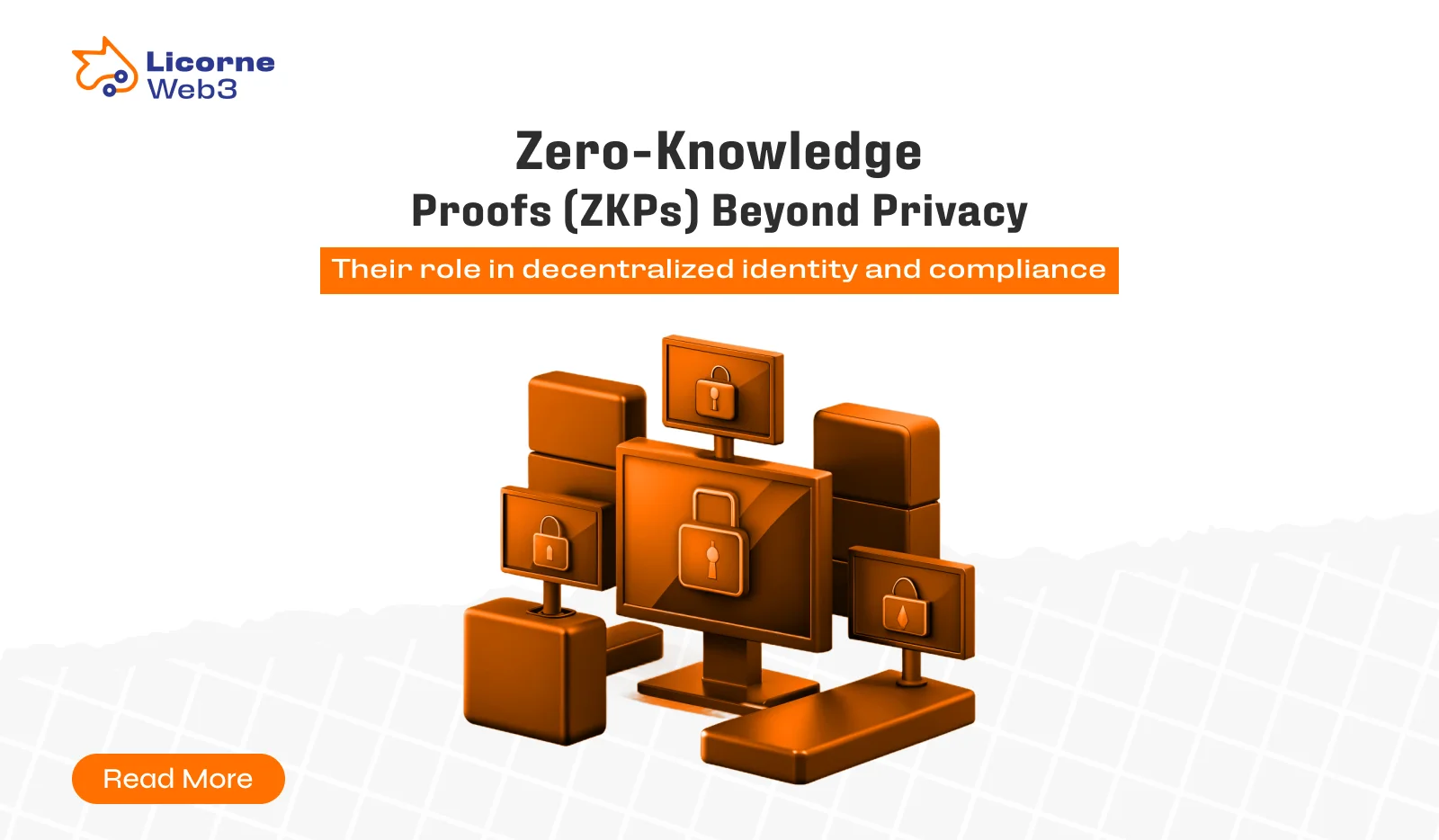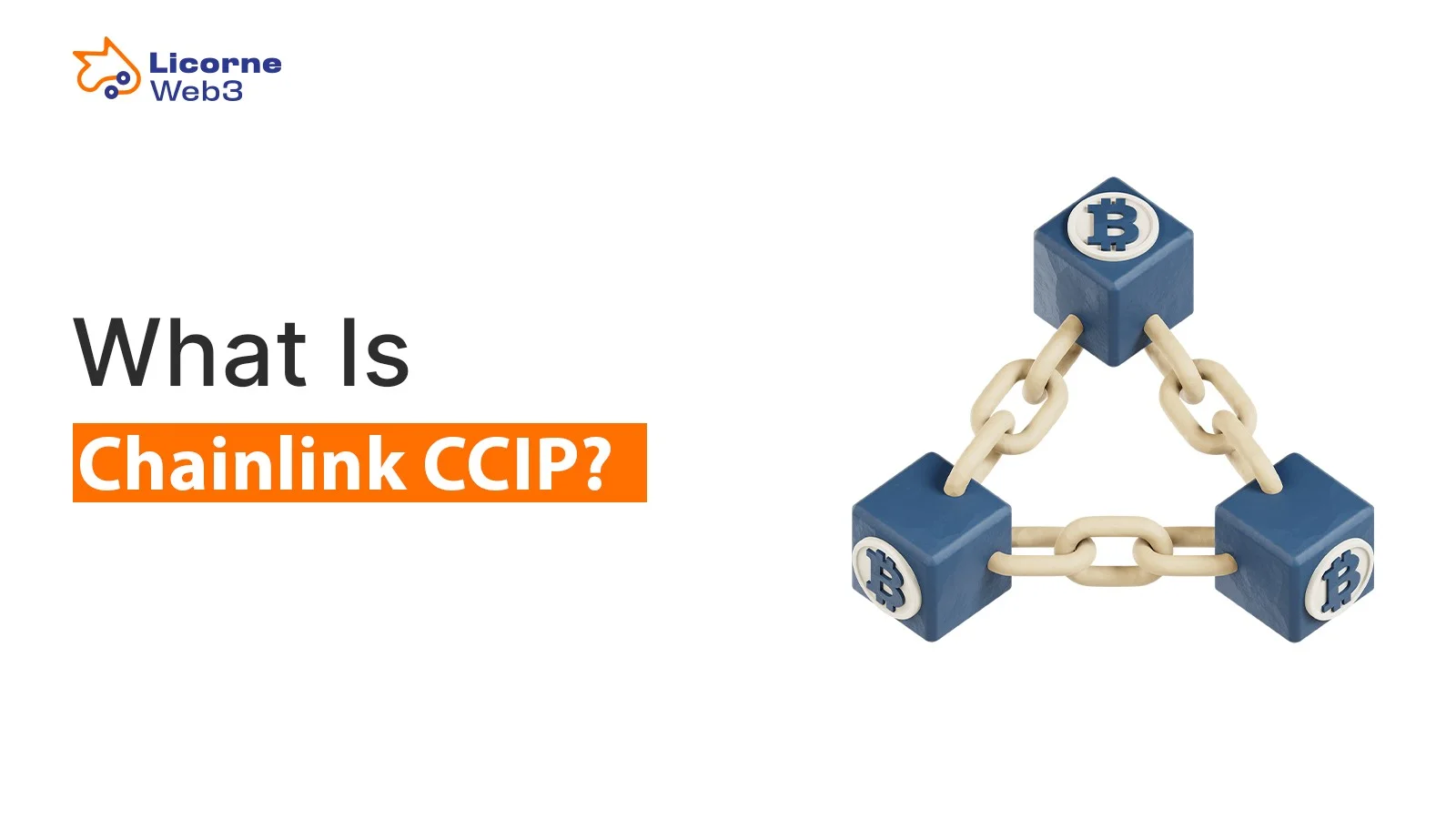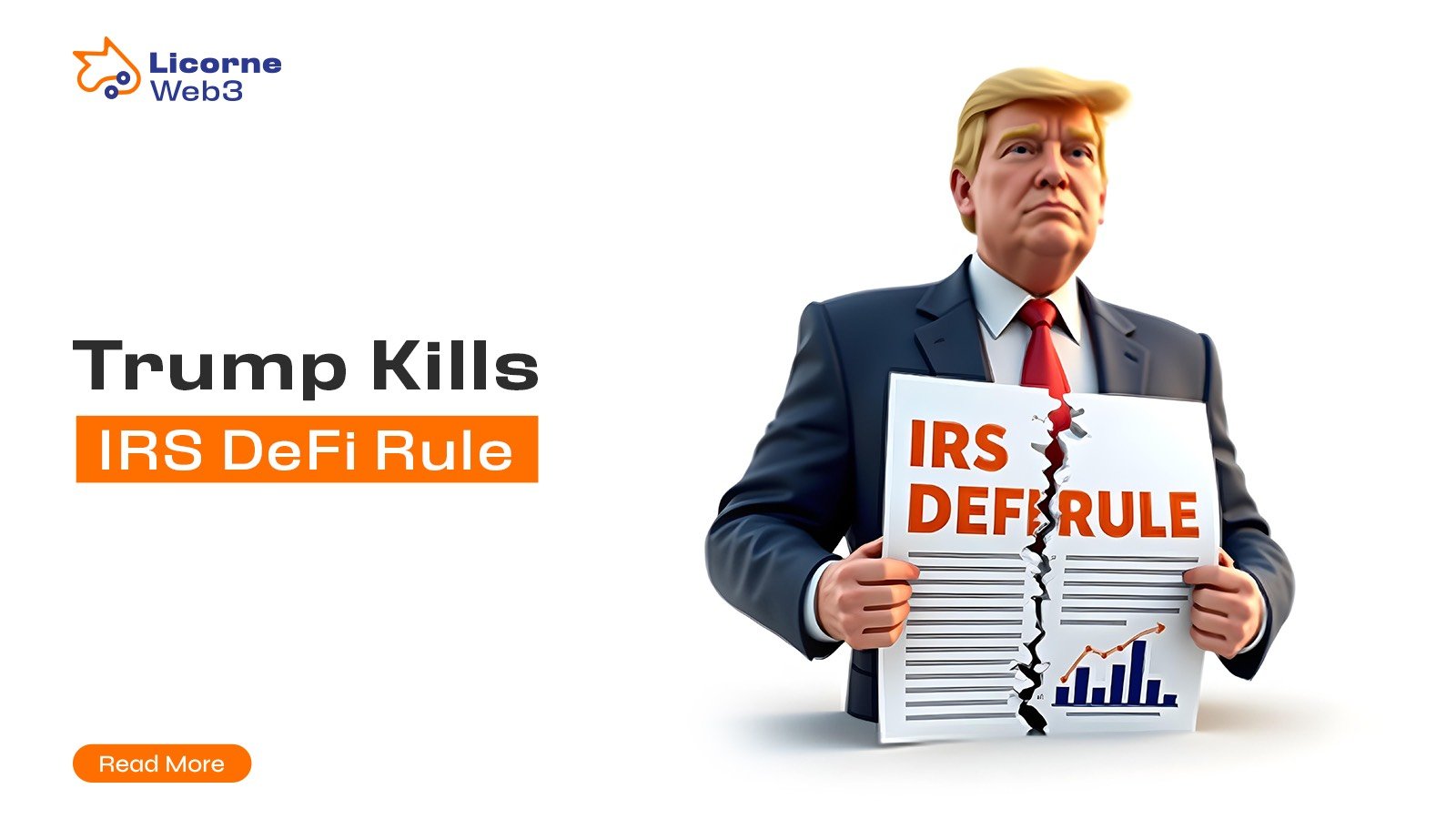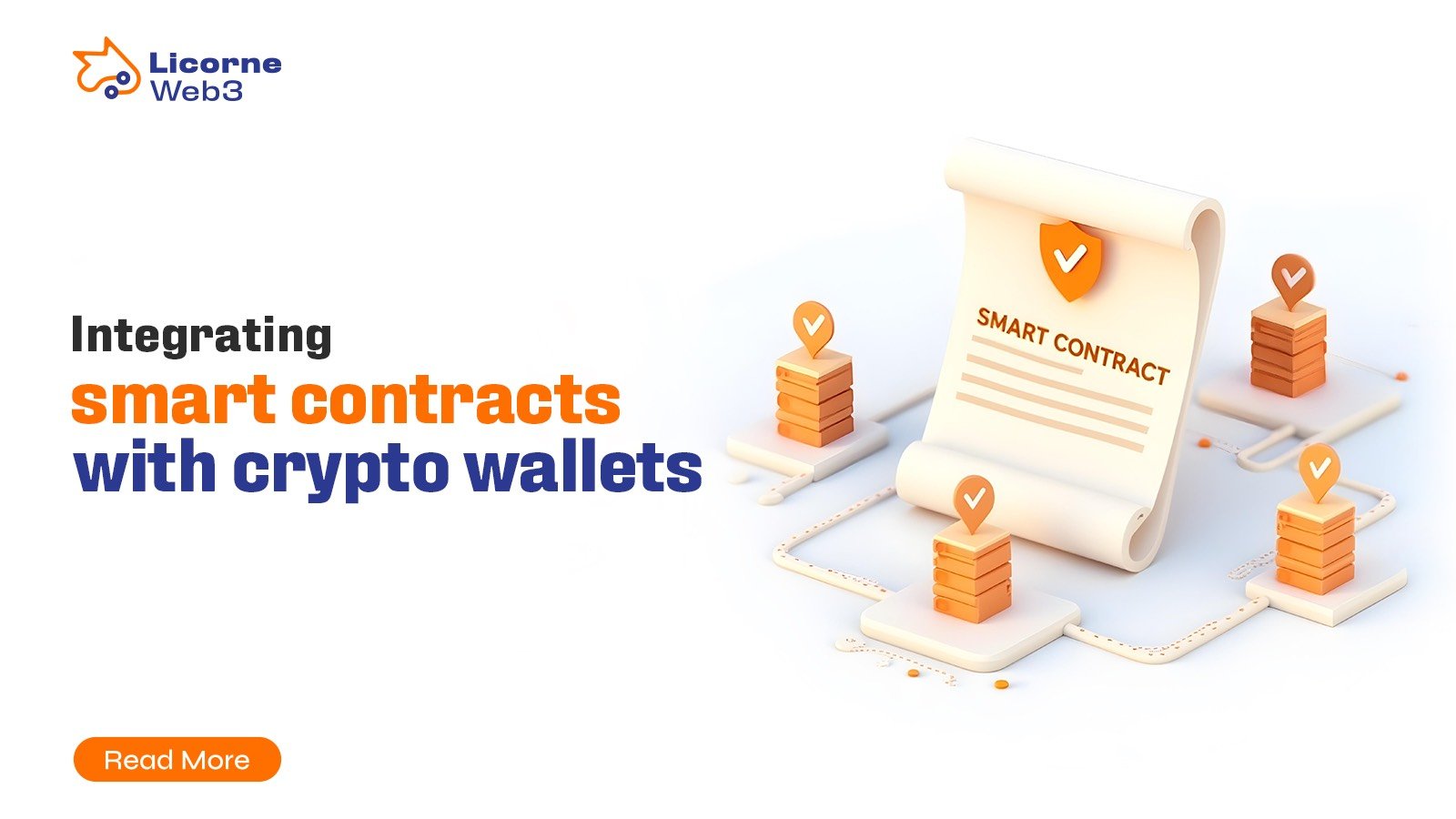Decentralized Finance (DeFi) is rapidly transforming the global financial ecosystem, offering permissionless, transparent, and programmable alternatives to traditional banking systems. Powered by blockchain technologies, decentralized finance empowers individuals to interact directly with protocols and applications without relying on centralized institutions. At the center of this evolution are DeFi wallets, essential tools that enable users to access, manage, and transact across a variety of DeFi platforms and services.
Unlike conventional wallets tied to custodial institutions, DeFi wallets grant users complete ownership of their assets through integration with smart contracts. These programmable protocols execute financial actions securely and automatically, facilitating everything from lending and borrowing to Yield Farming, staking, and participation in liquidity pools. Designed to connect seamlessly with any blockchain network, these wallets act as gateways to a new generation of decentralized applications (dApps) and DeFi applications.
Whether you’re a developer building a robust wallet solution or an entrepreneur aiming to create user-friendly access points for crypto users, understanding the core technologies behind smart contracts, wallet security (including hardware wallets), and real-time interaction with a protocol’s Total Value Locked (TVL) is critical. This guide will walk you through the essential steps to develop a powerful DeFi wallet, exploring architecture, best practices, and strategies to optimize your product within the expanding decentralized finance space.
What is a DeFi Wallet?
A DeFi wallet is a non-custodial cryptocurrency wallet designed to empower users with full control over their digital assets, operating independently of traditional financial intermediaries like banks or centralized exchanges. Unlike custodial wallets, DeFi wallets allow users to store and manage assets directly on a public blockchain, ensuring transparency, autonomy, and enhanced privacy.
These wallets serve as the gateway to the broader decentralized finance ecosystem, enabling seamless interaction with various DeFi apps and decentralized exchanges (DEXs). Through integration with smart contracts, users can participate in lending, staking, and token swap activities with automated market makers, all without relying on middlemen. Popular examples include MetaMask, Trust Wallet, Phantom, and Coinbase Wallet, many of which support ERC-20 tokens and feature user-friendly interfaces for smoother navigation and assets management.
Security is paramount in DeFi wallets, which typically include robust security features such as encrypted seed phrases, biometric authentication, and integration with hardware wallets. Despite their strengths, developers must remain vigilant about smart contract vulnerabilities, which can be exploited if proper security protocols and auditing aren’t in place.
DeFi wallets also support ecosystem-specific assets like governance tokens, allowing users to vote on protocol upgrades and community proposals. Additionally, wallets that integrate with platforms like Binance Smart Contract support scalability and alternative token networks.
Whether accessing yield-generating liquidity pools, conducting fast token swaps, or engaging with a NFT marketplace, DeFi wallets play a crucial role in onboarding users to the decentralized world. With blockchain protocols moving toward proof of stake models over energy-intensive proof of work, the future of DeFi wallets looks increasingly efficient, scalable, and secure.
Key Features of a DeFi Wallet
Developing a robust and secure DeFi wallet begins with clearly identifying its foundational features. As the gateway to decentralized finance, your wallet must empower users with control, flexibility, and safety while supporting emerging blockchain technologies and DeFi protocols.
Self-Custody
Users maintain full control of their funds by securely managing private keys. This eliminates the need for intermediaries and ensures true peer-to-peer transactions, a core principle of decentralized finance. Incorporating a guardu wallet integration or similar security framework can enhance self-custody protections even further.
Multi-Chain Support
Support for multiple blockchains, including Ethereum, Solana, and Binance Smart Chain, ensures users can interact across diverse ecosystems. Integration with hybrid blockchain and private blockchain networks offers added flexibility for enterprise or permissioned use cases. A wallet capable of connecting via cross-chain bridges will facilitate smoother asset flows across platforms and DeFi apps.
Token Management
Efficient assets management is key. Users should be able to send, receive, and track a range of cryptocurrencies and tokens, including ERC-20 tokens and governance tokens, with real-time balances, value tracking, and performance insights.
Web3 Integration
The wallet must connect seamlessly to decentralized applications (dApps) like Uniswap, Aave, or Compound. By leveraging smart contracts, users can participate in lending, borrowing, staking, or Yield Farming directly from the wallet. Built-in warnings against risky activities such as rug pulls can help protect users from malicious protocols.
Secure Authentication
Security features like biometric login (Face ID, fingerprint), two-factor authentication, and encrypted seed phrase backups must be available. A well-protected public key infrastructure is essential to verify user identity without compromising privacy.
Transaction History
Users should have full visibility into their financial activity, including all smart contract interactions, token transfers, and peer-to-peer transactions. Clear logs of associated transaction fees, wallet addresses, and timestamps help support compliance and troubleshooting.
Swap & Bridge Functionality
Built-in DEX aggregators such as 1inch, Matcha, or Jupiter enable fast and competitive token swaps. Integration with cross-chain bridge protocols empowers users to transfer assets across blockchains without leaving the wallet, critical for reducing impermanent loss during liquidity provision.
By offering a combination of performance, flexibility, and security, your wallet becomes more than a storage tool, it becomes a decentralized command center, optimized for safety and usability in the complex landscape of decentralized finance.
Step-by-Step Development Process
Creating a DeFi wallet requires a thoughtful blend of security, scalability, and seamless blockchain connectivity. Whether you’re a solo developer or part of a startup team, the steps below outline how to build a reliable and feature-rich self-custodied wallet for users navigating the distributed financial system. With support for smart contracts, fractional ownership, and cross-chain token wrap capabilities, your wallet can become a portal into the future of decentralized finance.
1. Choose the Type of Wallet
Selecting the right wallet type sets the foundation for user experience and security protocols. Your choice depends on user needs and the intended functionality.
- Hot Wallet (Browser/App-based e.g., MetaMask): Offers instant blockchain connectivity and access to DeFi platforms, but it’s always online, introducing vulnerability.
- Cold Wallet (Hardware e.g., Ledger, Guarda Wallet): Stores cryptography keys offline for maximum protection. Integrating compatibility with Guarda Wallet APIs ensures hardware-level support.
- Mobile/Web Wallet: Ideal for everyday DeFi users. With a focus on responsive design and mobile features, this option enhances user engagement and adoption.
2. Select the Blockchain & Tech Stack
Wallets must interact with Layer 1 blockchains and support various tokens, dApps, and protocols.
- Blockchains:
- Ethereum (Solidity) – Supports ethereum virtual machine (EVM) and a rich ecosystem of smart contracts.
- Solana (Rust) – High-speed, low-cost transactions ideal for NFT backed loans and DEXs.
- Binance Smart Chain (BSC) – Compatible with EVM and widely adopted across Asia.
- Polygon – Layer 2 scaling solution offering lower fees and faster settlement.
- Frontend: Use React.js for web-based UI, Flutter for hybrid mobile development, or Swift/Kotlin for platform-specific apps.
- Backend: Choose Node.js or Python to build APIs that manage requests, balances, and transaction history.
- Libraries: Integrate essential blockchain libraries:
- Web3.js, Ethers.js – for Ethereum interactions
- Solana Web3 – for Solana connectivity
3. Generate & Manage Wallet Keys
Your wallet must securely manage cryptography keys while allowing recovery and backup options.
- Use HD Wallets (Hierarchical Deterministic) compliant with BIP-32/BIP-39 standards.
- Generate mnemonic seed phrases (12/24 words) for wallet recovery.
- Implement secure storage using local encryption; never store private keys on a centralized server.
- Allow public key sharing for receiving assets and peer-to-peer transactions, while keeping private keys hidden and encrypted.
4. Integrate Blockchain Nodes
To ensure real-time and robust blockchain connectivity, nodes play a critical role.
- Run your own node (e.g., Ethereum Geth, Solana Validator) for full control.
- Or use node providers like Infura, Alchemy, or QuickNode for easier maintenance.
- Leverage RPC endpoints to communicate with blockchains—fetching balances, sending transactions, and interacting with smart contracts.
5. Enable dApp & Smart Contract Interaction
Interoperability with decentralized applications is the lifeblood of DeFi wallet usability.
- Integrate WalletConnect for seamless dApp connectivity across platforms.
- Ensure support for major token standards: ERC-20, ERC-721, and SPL tokens.
- Use smart contract ABIs (Application Binary Interfaces) to enable interaction with protocols like Aave, Compound, and SushiSwap.
- Prepare your wallet to handle fractional ownership scenarios via asset-splitting smart contracts and NFT backed loans.
- Apply machine learning techniques to monitor network activity for suspicious smart contract behavior and optimize transaction routing.
6. Implement Security Measures
Security is not optional—it’s vital.
- Locally encrypt sensitive data using algorithms like AES-256 for wallet backups and seed phrases.
- Run thorough smart contract auditing and vulnerability tests to ensure malicious code can’t exploit your wallet’s interactions.
- Protect users against phishing by warning about risky dApps and mimicked interfaces.
- Enable biometric login, 2FA, and customizable permissions for improved user engagement and trust.
7. Add Swap & Bridge Features
DeFi wallets thrive when users can move and exchange assets easily.
- Integrate DEX aggregators such as 0x API, 1inch, and Paraswap for competitive trading rates.
- Enable cross-chain swaps and cross-chain token wrap capabilities via bridges like Synapse, Wormhole, or Anyswap, letting users transfer between Ethereum, Solana, and other chains.
- Include dynamic fee calculators to alert users to transaction fee fluctuations based on network congestion.
- Consider options for decentralized insurance to protect users from failed swaps or bridge exploits.
8. Test & Deploy
Testing ensures that users have a safe and smooth experience.
- Use public testnets like Goerli (Ethereum), Solana Devnet, or Mumbai (Polygon) to verify wallet operations.
- Conduct penetration testing, simulate attacks, and evaluate authentication layers.
- After receiving results from smart contract auditors, deploy the wallet on the mainnet.
- Conduct post-launch market research to evaluate performance and identify user friction points, improving future versions.
Building a DeFi wallet is not just a technical exercise, it’s a chance to create a digital companion for users exploring the rapidly evolving distributed financial system. From secure self-custodied wallet architecture to flexible integrations across chains and ecosystems, every feature matters. With smart design, robust security, and interoperability powered by the ethereum virtual machine, you’ll build a tool ready for the next wave of decentralized finance innovation.
Challenges in DeFi Wallet Development
- Security risks (hacks, phishing).
- Regulatory compliance (KYC/AML in some regions).
- Cross-chain interoperability.
- User experience (gas fees, transaction speed).
Top DeFi Wallet Development Tools
| Tool | Purpose |
| Web3.js / Ethers.js | Blockchain interaction |
| WalletConnect | dApp connectivity |
| MetaMask SDK | Ethereum wallet integration |
| Infura/Alchemy | Node infrastructure |
| Truffle/Hardhat | Smart contract testing |
Conclusion
Building a DeFi wallet requires strong blockchain knowledge, security expertise, and UX optimization. By following this guide, you can create a secure, user-friendly wallet that empowers users to navigate the DeFi ecosystem seamlessly.
Author
-

Blockchain Writer & Web3 Expert
View all posts
Areej Maqbool is a Blockchain writer and thought leader with over 5 years of experience in crafting compelling narratives and insights on blockchain and Web3 innovation. Her expertise spans the intersection of technology, business, and society, with a focus on decentralized applications, smart contracts, and blockchain adoption.
Key Expertise:
- Blockchain and Web3 storytelling
- Technical writing for blockchain and Web3 projects
- Thought leadership and opinion editorials
- Research and analysis on blockchain and Web3 trends


